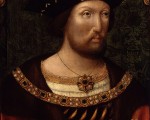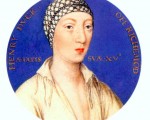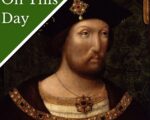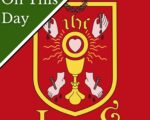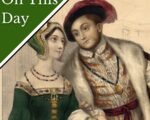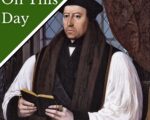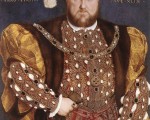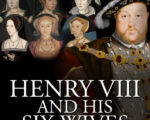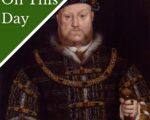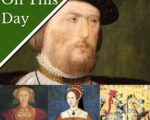
What happens when ambition, power, and royal paranoia collide? Edward Stafford, Duke of Buckingham, was one of the wealthiest and most influential men in Tudor England—a man with royal blood and a life of privilege. But his story ends with betrayal, scandal, and a rigged trial.
Was he a victim of Henry VIII’s fear of rivals, or was there truth to the charges against him?
Edward Stafford was born on this day in Tudor history, 3rd February 1478, at Brecon Castle, a member of the powerful Stafford family. His father, the 2nd Duke of Buckingham, had rebelled against Richard III and paid the ultimate price—execution in 1483. Young Edward’s life began in turmoil, but it seemed his fortunes would improve when Henry VII came to the throne in 1485.
[Read More...]
